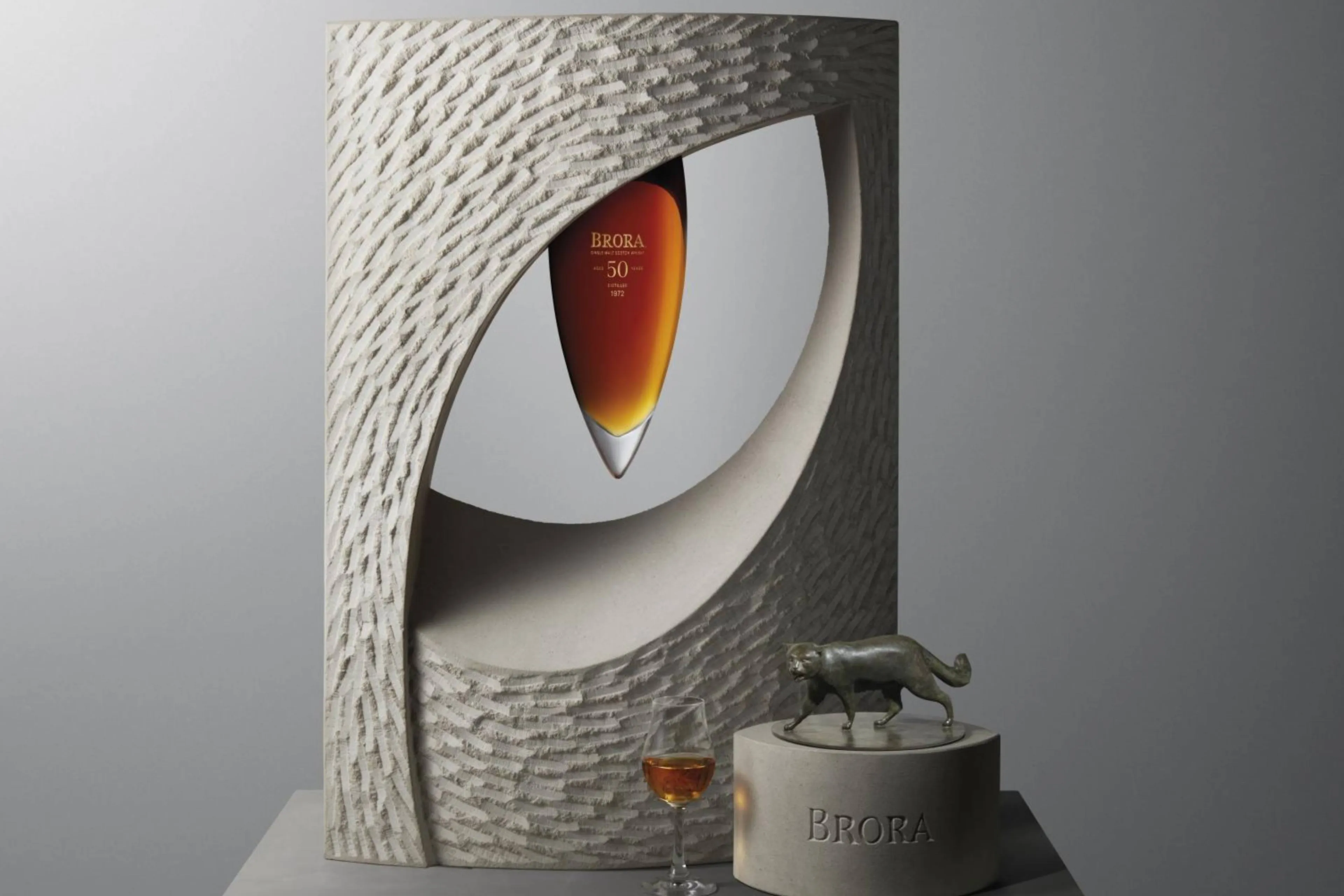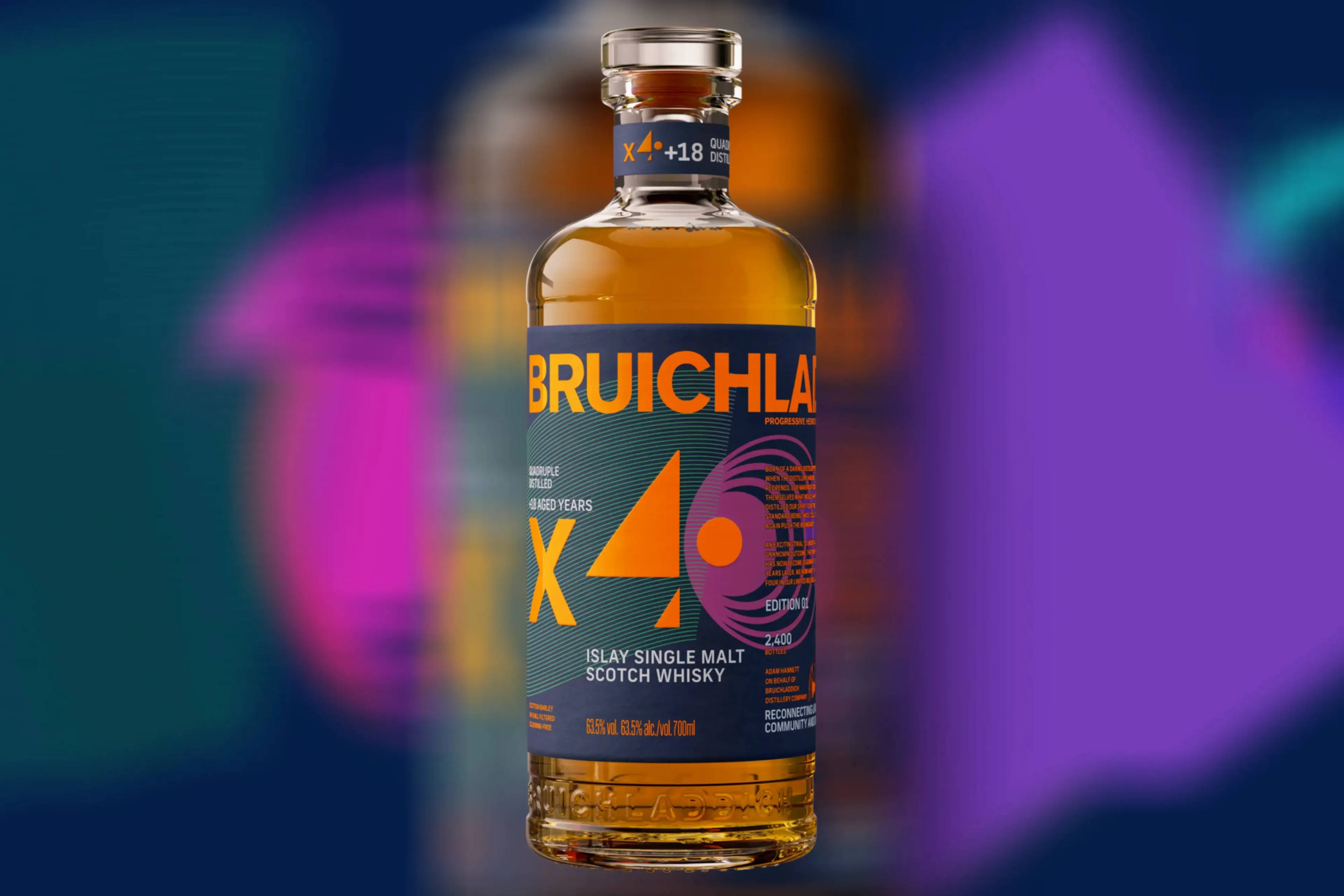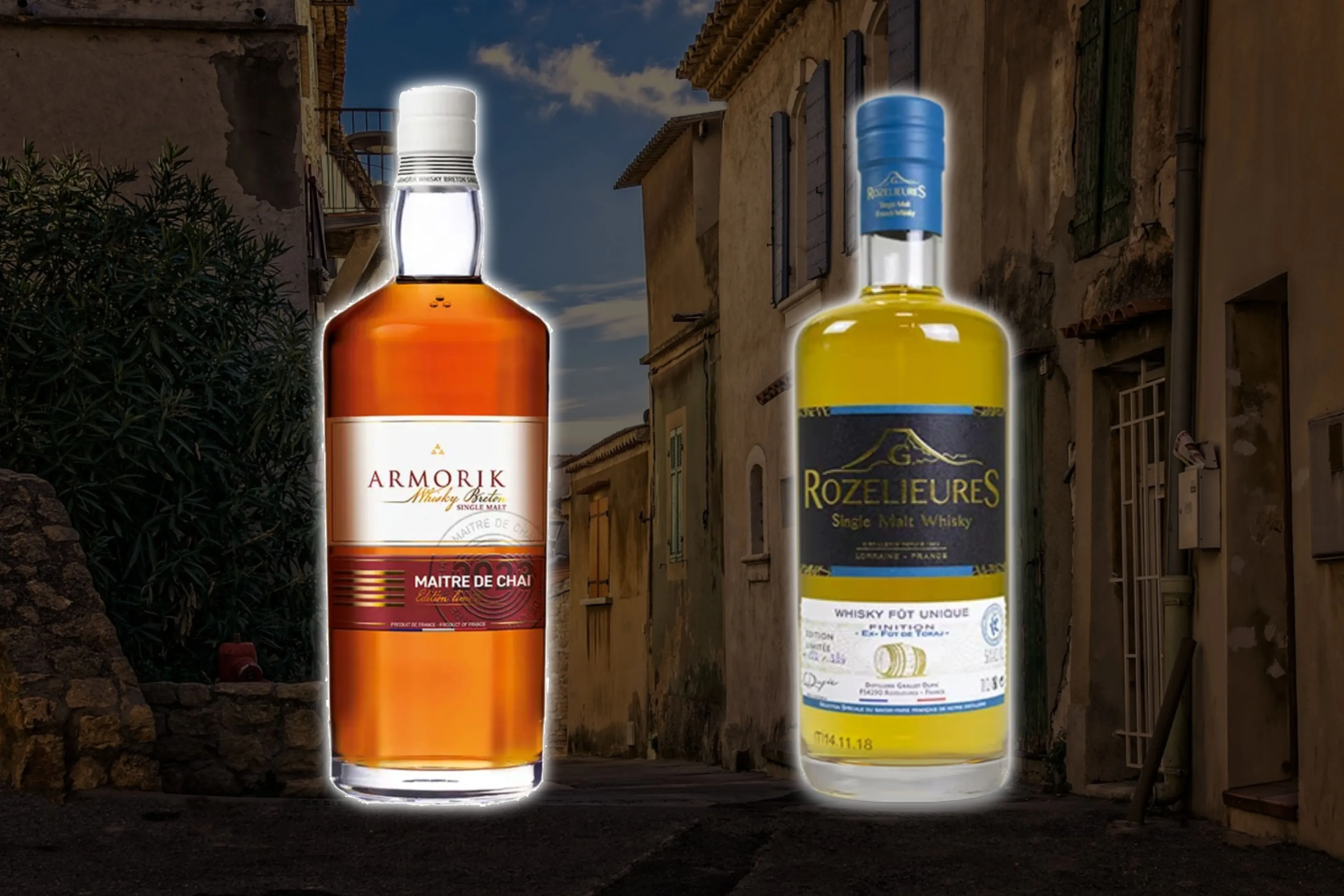
Distilleries have all kinds of “dials” they can tweak when crafting a spirit. They can vary the ingredients, or adjust the length of fermentation. What does that do to a whisky’s flavor? Discover it in this How to Whisky.
When distilleries set out to make whisky, they always follow a familiar sequence: malting, mashing, fermenting, distilling, maturing, and bottling. Fermentation is one of the most crucial steps, because it’s where sugars are converted into alcohol.
Although that might sound like a relatively simple biological process, the length of fermentation has a huge impact on a whisky’s final character. The difference between short and long fermentation shapes much of your dram’s personality. How does that work exactly?
Read also
Fermentation for more flavor
After mashing, the sugar-rich wort is transferred to washbacks. Yeast is added here to convert the sugars into alcohol, heat, and carbon dioxide. In most distilleries this process takes roughly fifty to one hundred and twenty hours. Temperature is carefully controlled, because too much heat can kill the yeast or create off-flavors.
During fermentation, various esters, acids, and higher alcohols are formed. These compounds later define the aroma and complexity of the whisky.
Short fermentation for grain-forward notes
A short fermentation usually lasts two to three days. It’s an efficient process that yields a wash with a relatively clean, cereal-driven profile. There’s less time for esters to develop, which keeps fruity and floral aromas in check.
Whiskies with a short fermentation often have:
- A clean, light grain profile
- Fewer complex esters
- Less pronounced fruitiness

Long fermentation for pronounced fruitiness
A long fermentation typically lasts one hundred hours or more. In this extra time, bacteria and yeasts have the chance to form more esters and lactic acids.
Think of ripening, and even overripe, fruit. As a banana ripens, it becomes far more aromatic. When it’s on the verge of going off, it smells strongest thanks to esters.
During fermentation, those esters bring out notes of tropical fruit, floral tones, and a richer body.
Whiskies with a long fermentation often have:
- More esters (pineapple, mango, apple, peach)
- Greater depth and complexity
- A creamier mouthfeel
Read also
Distilleries that ferment short or long
Now that you know what fermentation does, it’s worth noting there’s no hard-and-fast rule for what counts as “long” or “short.”
Distilleries that ferment around 50 hours include Auchentoshan, Glenfiddich, and The Glenlivet. Producers that go a bit longer include The Balvenie, Springbank, and Benromach, typically running between 65 and 80 hours.
Some distilleries push it even further. With Kilchoman you can expect more than 100 hours of fermentation, and Glen Scotia will often let the mash ferment for over 120 hours.
What’s your favorite flavor profile? Do you lean towards those grainy notes, or do you prefer the funky, fruity style?
Read also
loading
POPULAR NEWS
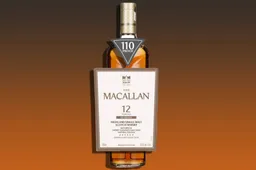
The Macallan Releases a Whisky Bottled at a Remarkably High ABV
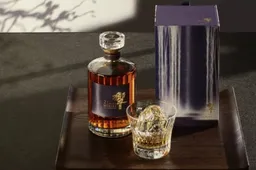
Black Friday 2025 Whiskies at The Whisky Exchange: Don't Miss These Deals
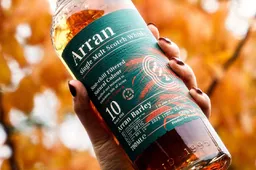
Arran Launches a New Whisky Series with an Exceptionally Fruity Single Malt

Bruichladdich debuts a new rye whisky, but you won’t find it everywhere

Is Whisky Still a Smart Move in 2025? 5 Reasons It Still Makes Sense
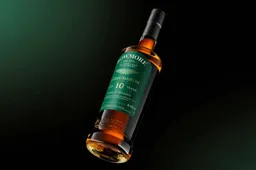
Why Aston Martin Is Suddenly Easing Off the Whisky and Betting Big on Tom Holland

Highland Park's Latest Whisky is Both Floral and Formidable

The Hearach Whisky Gets a Stylish Twist, Courtesy of Sunspel
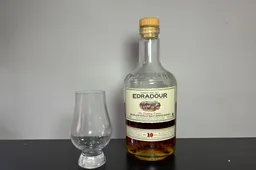
Edradour 10 Year Old Review: The Perfect Whisky for a Song or Two
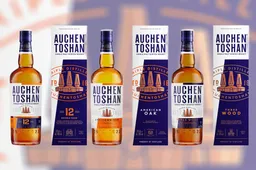
This Lowland Distillery gets a make-over for all it's whisky's
LATEST COMMENTS
- Hi Yvonne, Thank you for your response and for sharing the video. Unfortunately, the evidence you referred to consists only of two people talking about the whisky, without any explanation or identification. We have not spoken to the individuals in the video ourselves, nor can we verify who they are. We describe it as a Chinese whisky because it is released by a Chinese distillery. As you mentioned, the distillery has chosen to label the product as “pure malt” instead of “Chinese whisky.” Based on that, we do not believe they are doing anything illegal.M0nkey16-11-2025
- So - you have the proof......where's your write up?Yvonne16-11-2025
- You are absolutely right. Luckily that doesn't matter for the taste of the whisky. Have you tried it yet?M0nkey05-11-2025
- Guess what? Finland is not part of Scandinavia.Gray105-11-2025
- Throw in the towel? You mean restructure to compete and win in a challenging industry environment.WestwardFounder21-10-2025
- There is nothing legally to prevent the English whisky GI from coming into force, it complies with all the relevant laws and the single malt definition follows the precedent of Welsh whisky and US whiskyChefBear15-10-2025
- Three emails sent (two with videos, linked to a Google Drive Share). 1. The original video. 2. The video with subtitles as it was shared on YouTube 3. Screen grab of the YouTube channel where the video was blocked due to Pernod Ricard lobbying. The story was covered on Drinks Intel at the time - link here - https://drinks-intel.com/subscriber-news/pernod-ricards-the-chuan-pure-malt-whisky-not-sourced-solely-from-china-global-drinks-intel-exclusive/Yvonne10-10-2025
- Hi Yvonne, Thank you for your interesting comment. Could you share your copy with us, so we can adjust our item accordingly? Mail us at [email protected]. Thank you in advance.M0nkey09-10-2025
- Let's keep this factually correct. Pernod Ricard DID NOT release a Chinese whisky. Their first output from The Chuan (the name of the distillery in Sichuan, China) wasn't fit for bottling. What they actually bottled was imported Scotch whisky. This is why the product is called "PURE MALT" and not "Chinese Whisky" - because Pure Malt is not a regulated term - this is not a secret. This was exposed about a week after they released it. There were even videos about their own staff on site admitting it was made from imported whisky - which Pernod Ricard got the lawyers onto to get the video pulled. I've got a copy if you want it.Yvonne09-10-2025
Loading
